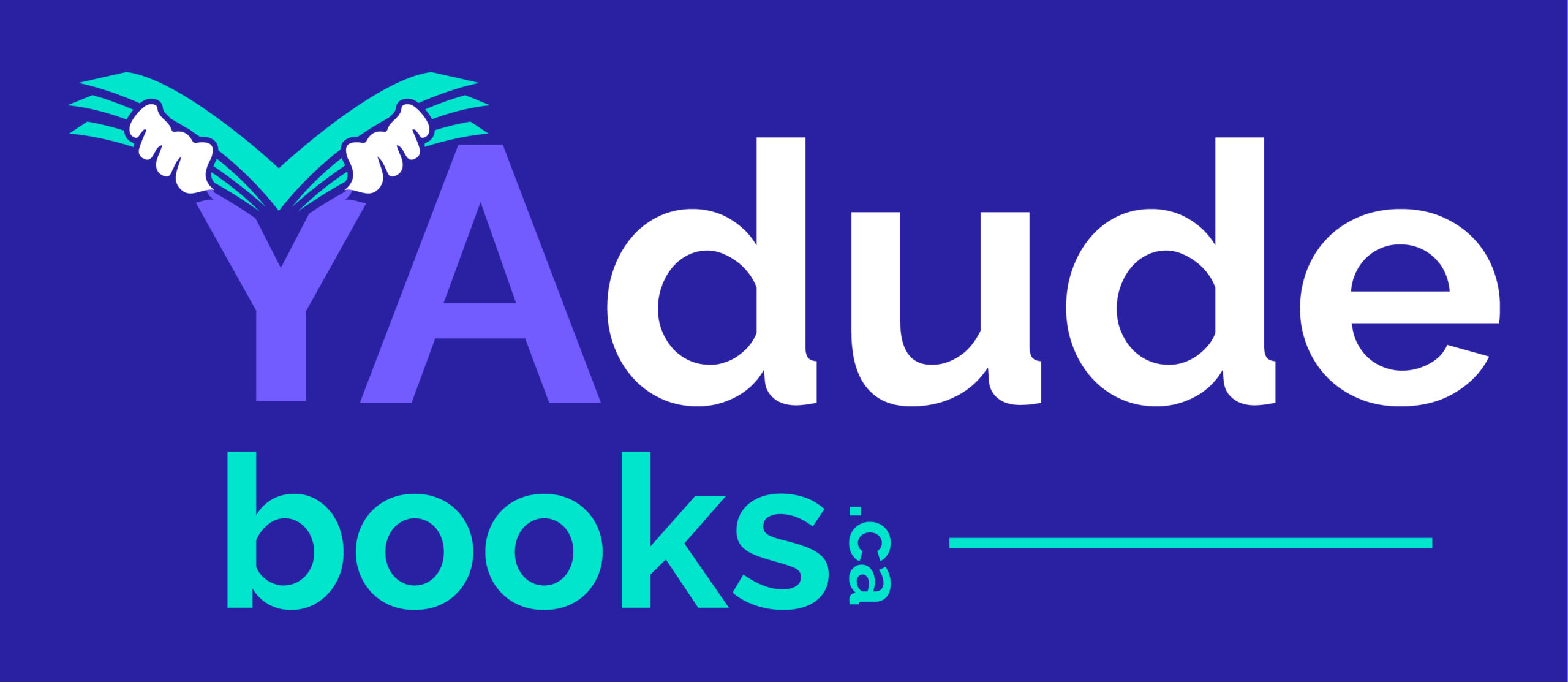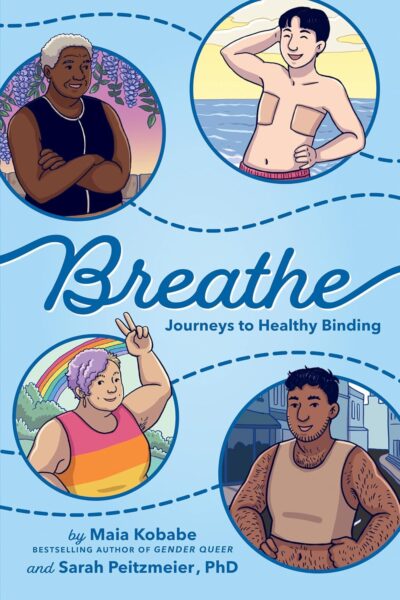Overview: https://www.parents.com/kids/health/what-parents-need-to-know-about-binder-safety/
A graphic guide to chest binding with real-life stories and research-backed advice from bestselling Gender Queer author Maia Kobab and University of Michigan professor Sarah Peitzmeier. It is both a practical resource for trans and nonbinary folks and an engaging and perspective-broadening read for anyone interested in what it means to be on a journey of expressing one’s gender.
This book is short but packed with important information about how to bind safely and take care of one’s body. One of the best things about it, is how it combines personal stories, medical advice and reflection exercises. This makes it not only a guide but also a tool to help readers make the best decisions for themselves.
The personal stories are especially touching. They come from people of different ages, backgrounds and experiences and can help readers understand what binding means to different individuals. They also highlight common challenges and fears, like the pressure to hide binding from family or the risks of unsafe practices. The book doesn’t tell anyone the “right” way to bind but instead gives the tools to bind safely and comfortably.
What makes Breathe unique is its mix of formats including memoir-style storytelling, medical advice and even exercises and stretches—the latter simple but effective for reducing pain and discomfort from binding. The workbook sections encourage readers to reflect on their own needs and experiences. These parts make the book feel interactive, like a conversation rather than lecture.
The illustrations by Maia Kobabe are another highlight. They make the book feel welcoming and less intimidating. This is so important because chest binding can be a sensitive topic, especially for teens. The drawings bring the advice to life and make the text feel more personal. Without them, the book might feel too clinical, but with them, it’s approachable and engaging.
One important topic the book covers is the health risks of improper binding, such as using ace bandages. It stresses the importance of taking breaks and listening to your body. I appreciated how it explains that binding safely is not just about comfort today but also about protecting your future health. For example, it briefly mentions how proper binding can impact healing after top surgery, though it doesn’t assume that every trans person wants surgery as seen in C’s story. (C is a one of the interviewed individuals.)
To me, this book is an incredible resource as it provides validation, practical advice and emotional support all in one small book (just 64 pages!). While it’s aimed at teens, adults (including parents and health professionals) would benefit from reading it to better understand the needs of trans and nonbinary individuals. If you are on a binding journey or know someone who is, this book is a must-read.
– Weldon Ngetich


